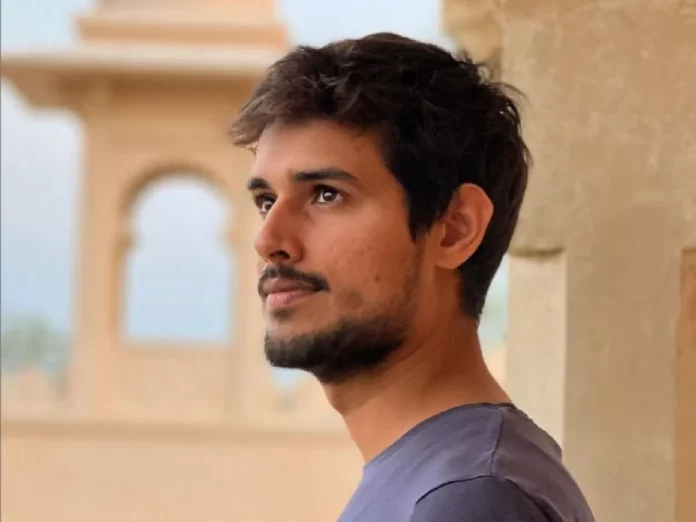Controversy and Dhruv Rathee are often mentioned in the same breath. This Indian YouTuber frequently trends on social media, occasionally for positive reasons and his disapproval of Modi’s regime but more often due to contentious ones.
The recent surprising results of India’s Lok Sabha elections, where Modi-led BJP faced strong competition from Rahul Gandhi’s Indian National Congress (INC), are being credited to Dhruv Rathee, who has been actively criticizing Modi’s policies. It is speculated that Rathee’s videos played a significant role in educating voters, contributing to the BJP’s failure to secure a majority in the Lok Sabha. This phenomena is being called Dhruv Rathee intervention.
In the recent Lok Sabha elections, the incumbent Prime Minister Narendra Modi’s BJP secured 240 seats, falling short of the 272-seat majority threshold in the 543-seat Lok Sabha. Alongside its allies, the BJP managed to secure 293 seats. On the other hand, the opposition INDIA alliance, led by Rahul Gandhi’s INC, clinched 232 seats, with the Congress party securing 99 of those seats. This marks a significant increase from the 2019 elections, where the Congress won only 52 seats, with its allies securing 91 constituencies.
The current election results starkly differ from those of 2019 when the BJP-led NDA secured 353 seats, with the BJP alone securing 303 of them.
Who is Dhruv Rathee?
Dhruv Rathee is a well-known YouTuber from India with over 19 million subscribers. He gained recognition for his videos critiquing government policies. Originally from Haryana, Rathee completed his mechanical engineering studies in Germany. He is married to Juli Lbr-Rathee, with whom he runs a vlog documenting their travel experiences. Rathee began his YouTube journey in 2013.
Why is He Famous?
Rathee’s fame stems from his sharp analyses and consistent commentary on Prime Minister Modi’s policies, which have resonated with a large audience in India. His rise to prominence is largely due to his active engagement on social media, particularly on YouTube.
Initially, Rathee supported Modi, who campaigned on promises of economic reforms and anti-corruption measures. However, over time, Rathee became disillusioned with Modi’s administration, criticizing policies he viewed as divisive and harmful to the country’s democratic principles.
In response to the 2024 election results, Rathee took to X (formerly Twitter), stating, “Never underestimate the power of a common man.”
Rathee’s transformation from a Modi supporter to a critical political commentator highlights the fluid and evolving nature of political engagement in India. Modi’s once commanding lead was notably reduced in the 2024 elections. While he retained his position, the narrower margin indicated a shift in voter sentiment, partially driven by Rathee’s continuous calls for accountability and transparency.
Rathee’s story is not just about a YouTuber impacting an election but also about the broader implications of digital activism in shaping political discourse.






